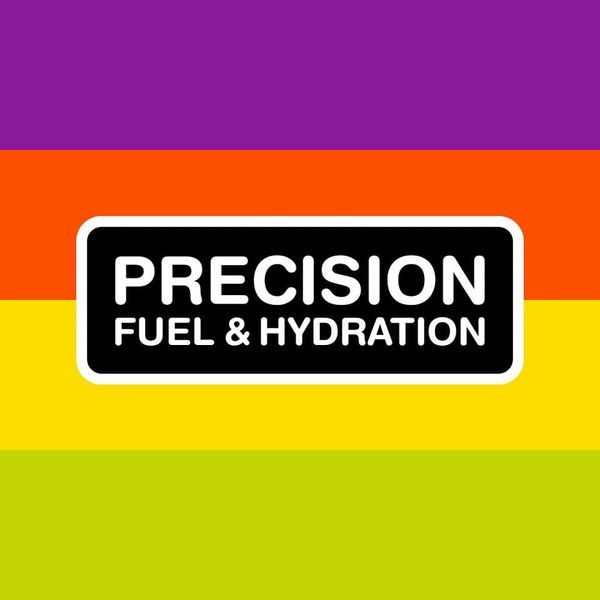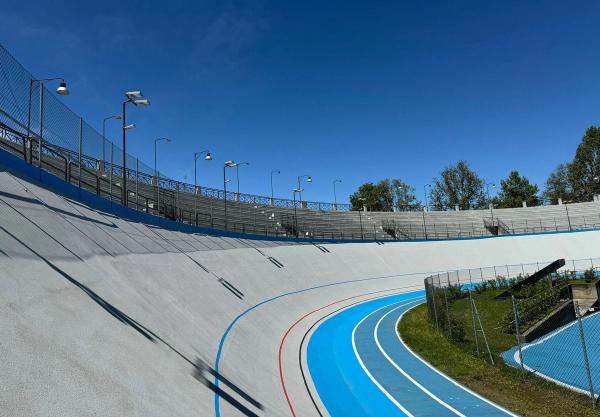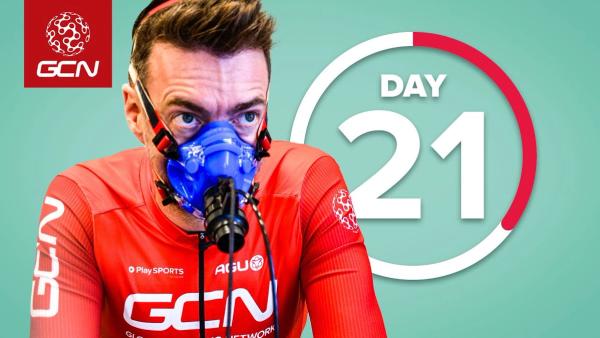Does fuelling like a pro rider let you ride faster?
Will consuming super high levels of carbohydrates help Hank to ride harder for longer? There is only one way to find out
Alex Hunt
Junior Tech Writer
It is a well-known fact that if you are looking to exercise for more than around 90 minutes you will need to consume some form of calories to prevent your muscles from becoming depleted of energy. The better adapted your body becomes to endurance sport the better equipped it is at storing higher levels of glycogen in the muscles, however, if you are looking to perform at a high level throughout a multi-hour race or event fuelling is crucial.
In an attempt to optimise their performance, some professional riders are experimenting with fuelling strategies that see them consuming upwards of 120 grams of carbohydrates per hour of riding. This is a significant jump from the 60-80 grams per hour that has been the benchmark range for some time. The rationale behind this is that it allows riders to keep on top of their glycogen stores without depleting them during the race or event. This allows riders to perform at a higher level throughout the race being able to ride in a glycogen-dominant metabolic state for longer.
.jpeg?w=1348&auto=format)
© GCN
Pro riders are fuelling more aggressively than ever with some using up to 120 grams of carbs per hour
Riders that use this method of fuelling have to train their bodies to be able to accept such a high and consistent level of fuelling for hour after hour. Fuelling has become its own independent vein of teams’ racing strategies with riders and teams working together with sports scientists to find the best strategy to deliver the best performance. The question is whether these apparent gains can be experienced by any rider if we up our carbohydrate intake out on a ride. To find out we set James 'Hank' Lowsley-Williams the task of consuming 120 grams of carbohydrates per hour for a six-hour ride.
One of the things that quickly becomes apparent when you start looking into consuming 120 grams of carbohydrates per hour is that the amount of bottles or gels that equates to is not easy to carry around. From a purely logistical standpoint being able to carry enough fuel out on a ride is quite the task with Hank enlisting the help of Ollie and his trusty Camelbak to carry all of the fuel that he will need for the six-hour ride. For those of you out there not lucky enough to have the support of a team car following you around on the Sunday morning club ride, this strategy will be incredibly difficult for rides longer than a few hours.
Around the two-hour mark, Hank started to feel the effects of the 250 grams of carbohydrates that he had already consumed. The high and concentrated nature of the fuel being used can be too much for your gut to handle if you do not give it time to adjust and adapt. As a general rule, riders looking to try a high-carb fuelling strategy should give themselves a window of around six to eight weeks to gradually increase the level of carbohydrates that they consume out on the bike.
High-carb fuelling has changed the shape of racing
The effects of high-carb fuelling can be seen in the way modern professional racing is played out. Already this year we have seen some of the biggest races of the early season won from long-range solo attacks such as Tadej Pogačar’s (UAE Team Emirates) daring 81km solo raid at Strade Bianche and Mathieu van der Poel’s 43km solo win at the E3 Saxo Classic. With riders fuelling more aggressively than ever we are seeing racing being ridden hard and fast from kilometre zero.
Won’t eating lots more lead to weight gain?
Cycling has a troubled relationship with body weight, with power to weight a key component of cycling performance many amateurs and professionals alike aim to be as light as they can. One of the main ways that this takes shape is through fasted training or under-fuelling. The issue with this is it is very easy to under-fuel to the detriment of performance.
As a general rule, humans burn around 300 calories per hour per 100 watts of power so if you ride at around 250 watts for an hour you can expect to burn around 750 calories. Even if you were to consume 120 grams of carbs per hour this would equate to only around 500 calories leaving you in a 250-calorie deficit.

© GCN
It is almost impossible to be in a calorie abundance whilst riding regarding how aggressively your fuel
Eating more on the bike will keep you fuelled for the duration of your ride whereas it is all too easy to get back from a ride where you have under fuelled to blow out and eat way more than you would have if you had fuelled properly. It would actually take a surprising amount of calories to return home from a ride in a caloric abundance.
- Read more: How many calories do you burn when cycling?
Should we look to adopt this high-carb strategy?
There is a lot to take from the new school of thinking around high-performance fuelling however, this does not mean we should all be running out and trying to cram in 120 grams of carbs per hour into every ride.
Riders competing at WorldTour level events are burning an unbelievable amount of calories per hour, when Pogačar or Jonas Vingegaard (Visma-Lease a Bike) attack on a mountain pass and ride at around 400 watts they are burning over 1200 calories per hour. At that intensity, all of the fuel needed by the muscles comes purely from glycogen meaning that they need to be consuming high levels of carbohydrates in the form of simple sugars.
Although it might be the case that you should potentially look to increase how much you consume out on a ride for the average recreational rider fuelling to such a high level might not be best. A lot of recreational riders ride around at a moderate intensity somewhere around zone 2 or 3. At this intensity, your body uses a combination of carbs and fat as fuel meaning that you don’t need to rely on external fuel for all of the calories you need.
It is certainly worth investing some time to find a fuelling strategy that works for you but unless you find yourself on the start line for Paris-Roubaix it is unlikely that you will need to consume upwards of 100 grams per hour. There is a reason the 60-80 grams per hour figure has been used for so long and that is because for most riders this is an achievable fuelling strategy and acts as a great starting point for you to find what works for you.
To find out exactly how Hank got on with consuming over 600 grams of carbs on a single ride, make sure to watch the video linked at the top.
How do you choose to fuel out on your ride? Is it an exact science or is it a case of cake at the cafe and the odd gel here and there? Let us know in the comments section below.
.jpg?rect=957,780,3097,3060&w=600&auto=format)











